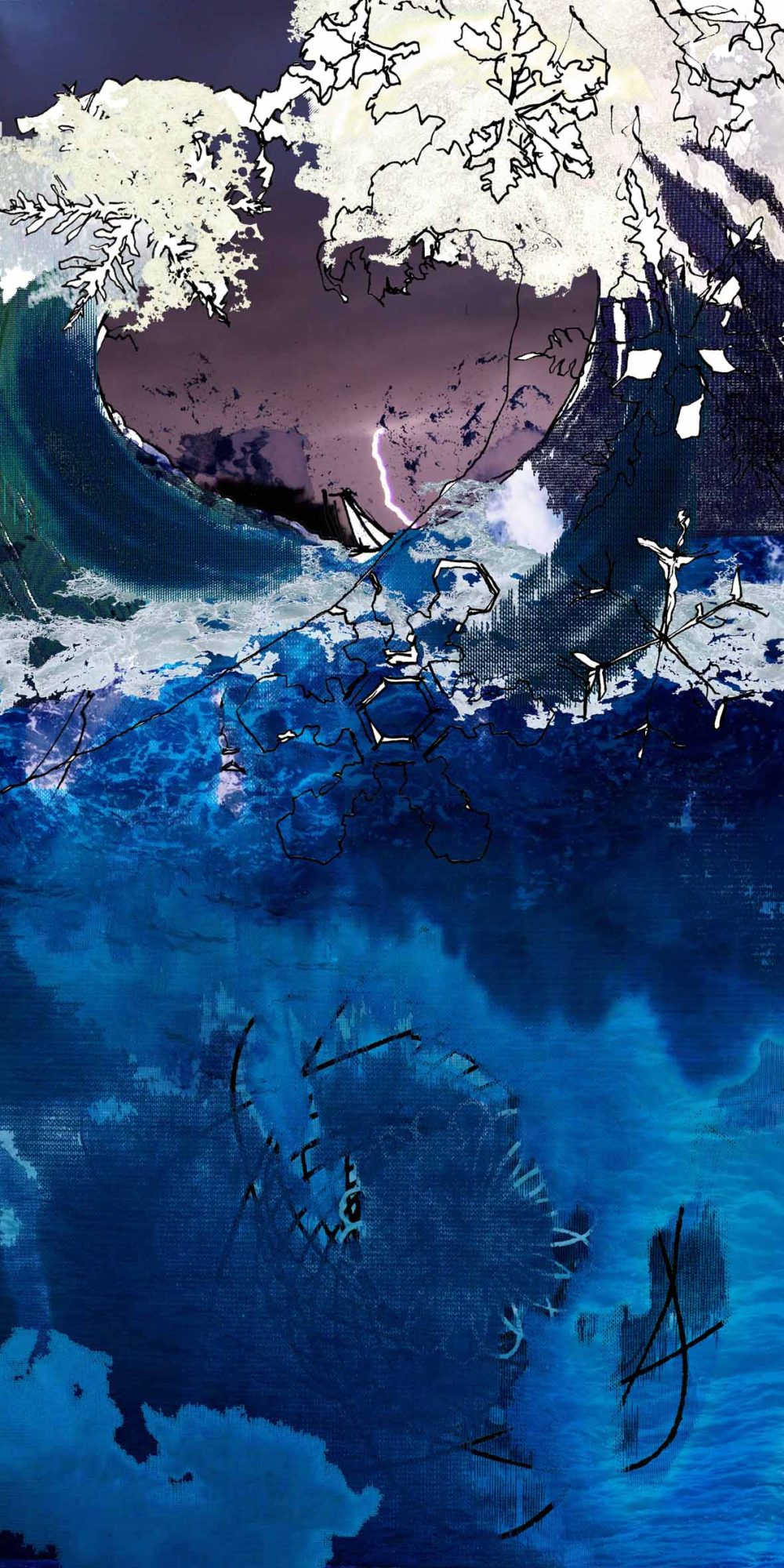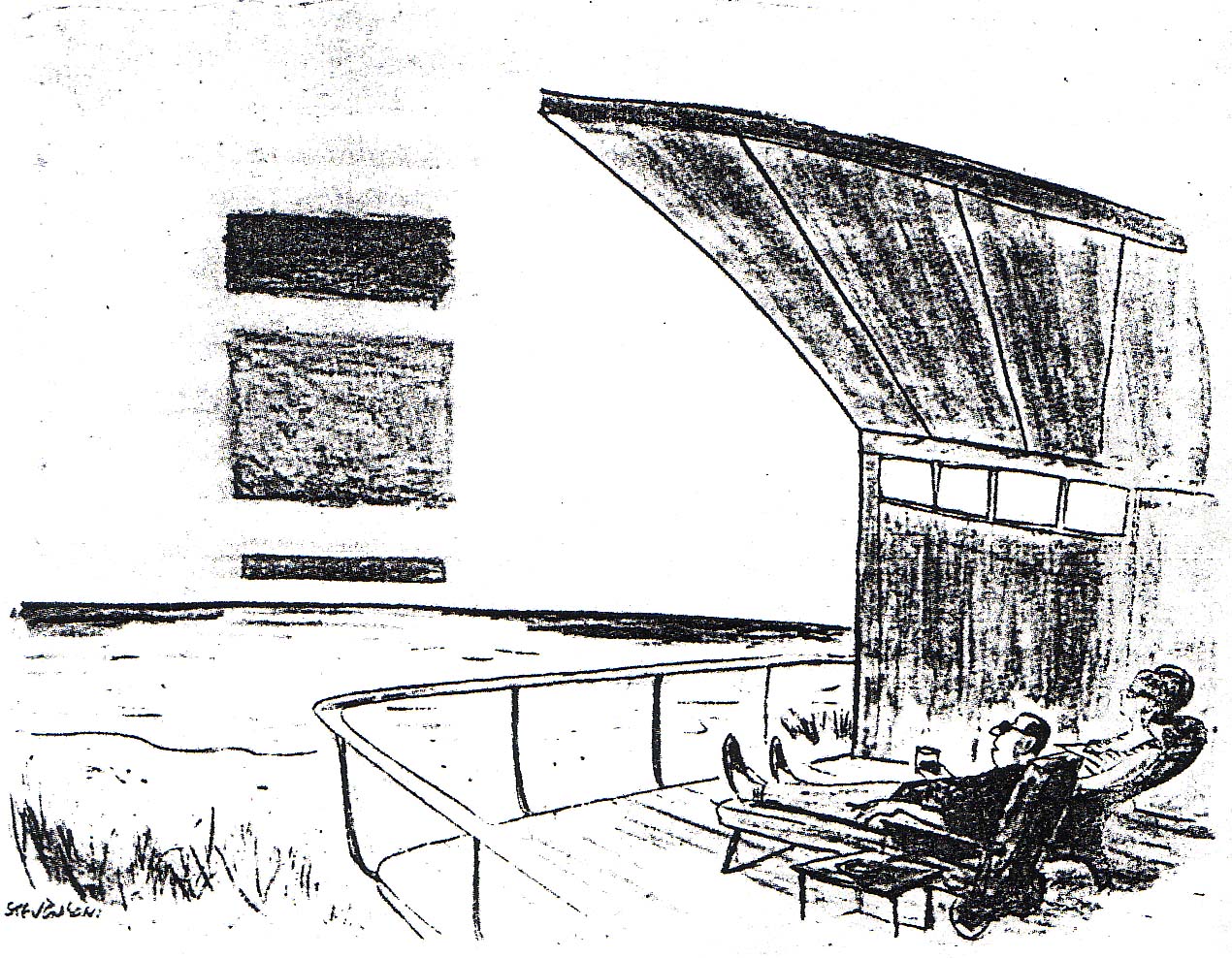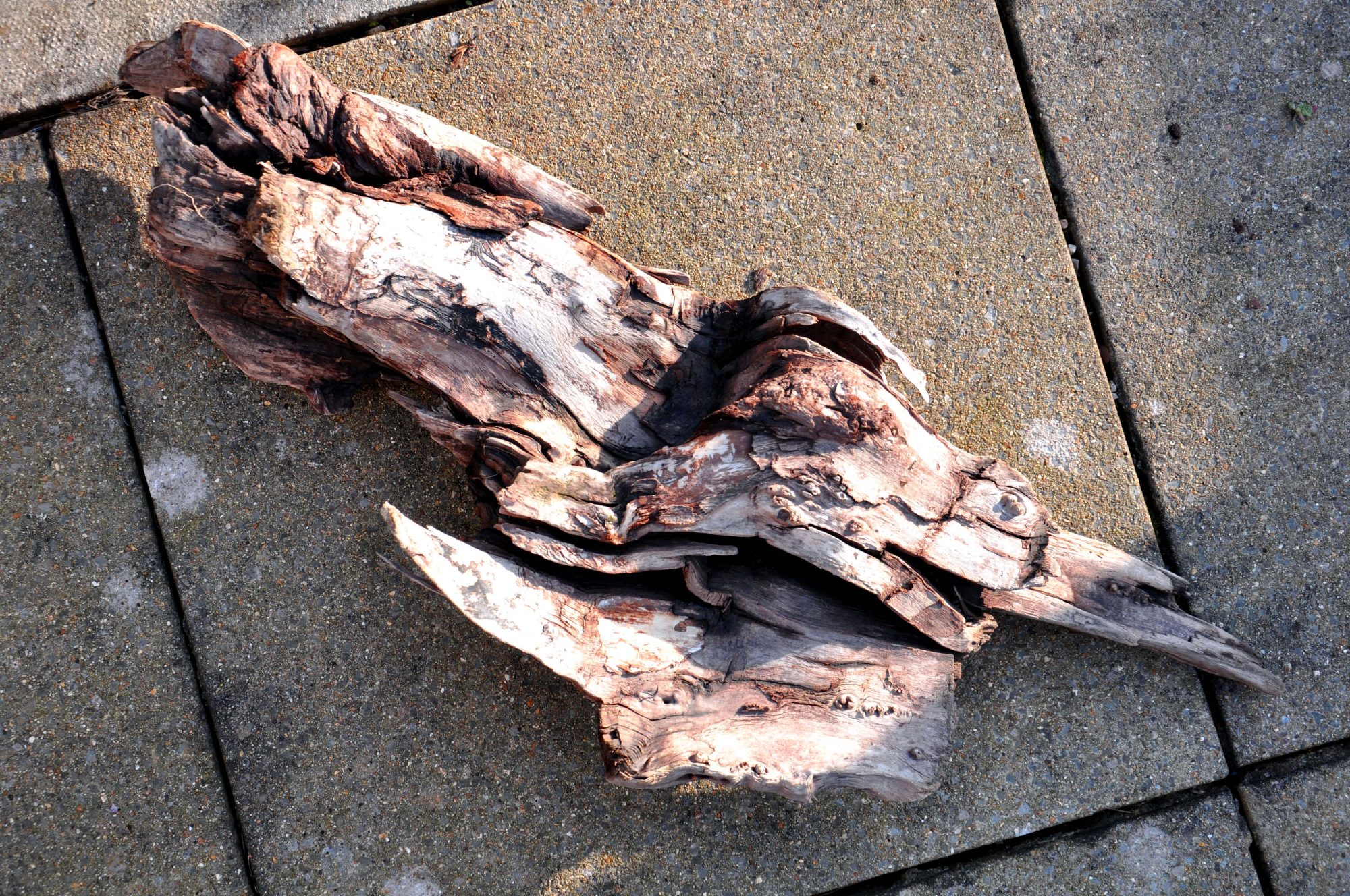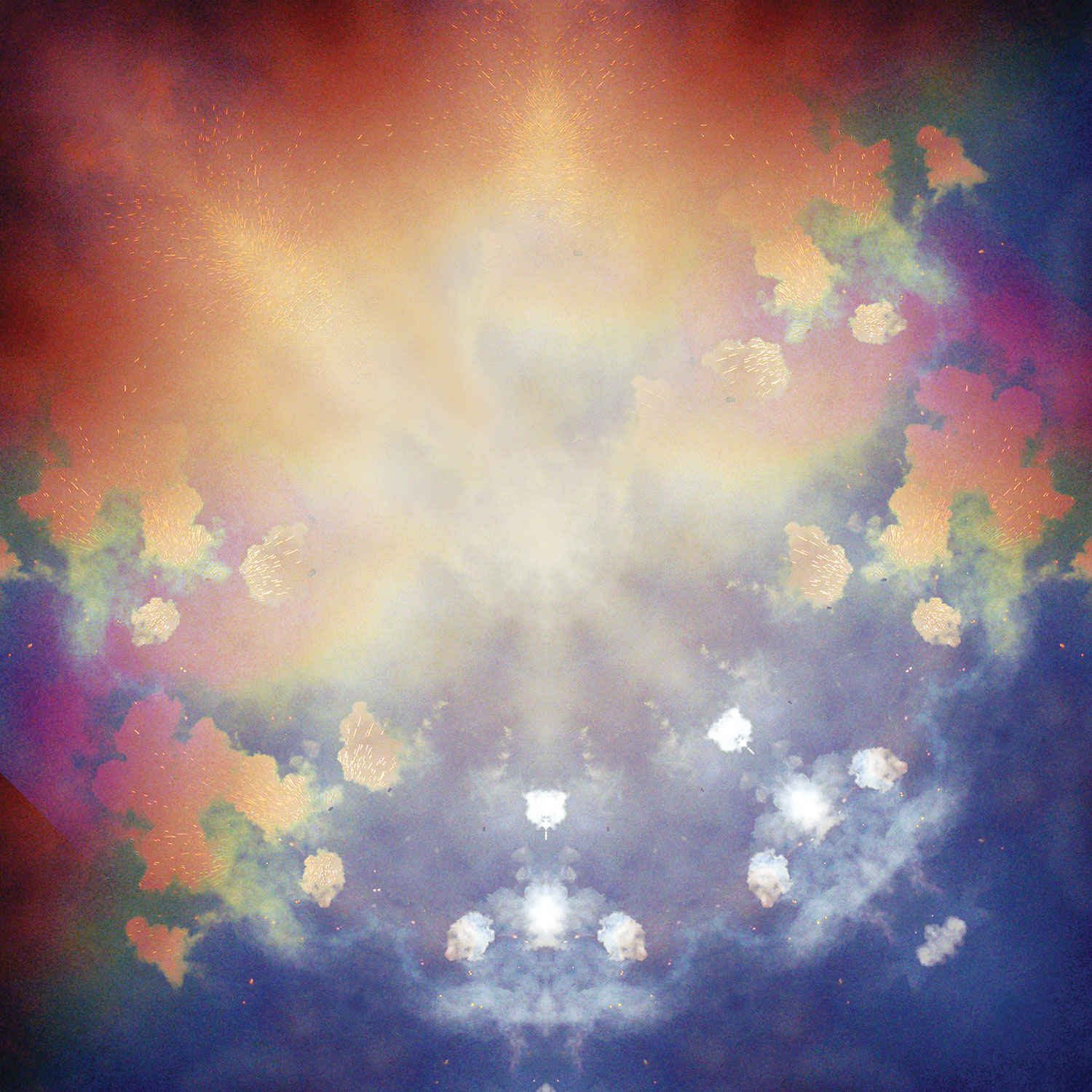Storm, above, was a commission produced in 2008 for friends of mine. I produced a little text to go with it, which included the prayer from Jonah 2:1-7, and the following paragraph:
This prayer illuminates the moment Jonah decided to stop running away from God, to turn and surrender to Him. This is also the moment suggested in the image, where from a turbulent surface in the top half (with the glimpse of a ship submerging) one’s eye sinks to the absorbing blue in the bottom half. Jonah’s journey is in many ways a universal one, from a stubborn battling with the elements of circumstance to a relinquishing of control in the face of God’s power. And the sense of the deep in this image is not that God suddenly takes everything painful away and provides clear answers, but that He meets us where we are, protects us and binds us closer to Him in a moment of reconciliation.
I’ve just finished reading A Biblical Text and its Afterlives: The Survival of Jonah in Western Culture by Yvonne Sherwood (CUP, 2000), which throws up some interesting questions for my practice and research, and in fact makes me look at my artwork in a different way. I readily scripted a universalist, monologic, what Sherwood would call ‘Mainstream’ reading of the text for my friends. I did this almost without thinking, or rather, thinking that the visual references to Hiroshige, The Blue Planet, biological/scientific crystalline patterns would form enough of a dialogic, popular culture collage to provide the visual fizz of something more divergent. All the while, however, I was safely harbouring (harpooning?) an illustrative interpretation that stayed close to the hermeneutical shore of Biblical Studies.
It’s what James Elkins might consider a verbally strait-jacketed appropriation of visual culture. There’s more going on here that needs critical exposure, all to do with the relations between the visual and the verbal, between the image and the Word. The key hinge is realism and the issues thrown up by representation – what do images of/from a text point to? The text understood as the real record of truth, which an image embellishes? Or the figuring of (not describing of) something unfigurable and indescribable? If the excess or scatter-gun of imagery and ideas in my piece is contained and delimited by the text I wrote, what does that say about Jonah the book, whose very fabric Sherwood shows to be a site of uncontainable excess and plurality? Biblical texts survive by virtue of their ‘chameleon-like’ capacity to evolve and dissolve within/through their contexts – the ‘lofty cultural icon’ is no longer in the position of ultimate authority. To suggest that it is, is to stay blinkered to the ‘ideology of the macrocosm’ within which much Christian thought on Jonah is offered.
So what to do with the equation of faith with literal representation? Not denounce it and posit the contemporary ideal of culturally-savvy image-heavy debunking instead, but rather to seek out the more complex, mixed modes of relations between the two. Neither the piety of art-put-to-the-service-of-faith, nor the cynicism of faith-put-to-the-service-of-art, but something else, something greyer, something more interdisciplinary.
Header image: Storm, 2007, by Sheona Beaumont.



